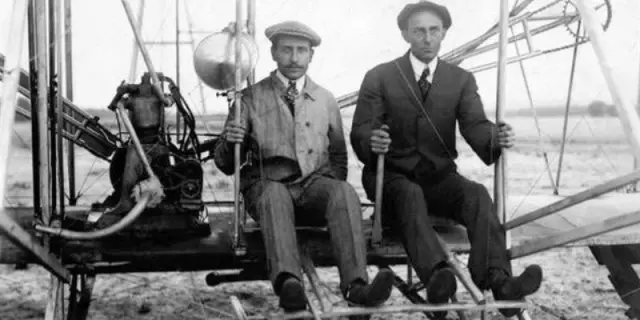Wright Brothers
Wilbur and Orville Wright are credited with achieving the first powered, controlled, and sustained flight in 1903. Their journey to achieve this milestone began years earlier, and one crucial aspect of their work was the experiments they conducted in the late 1890s. These experiments, which involved building and testing various kite-like structures, laid the groundwork for the development of the Wright brothers’ flying machines.
From a young age, the Wright brothers exhibited a fascination with the concept of flight. They were inspired by the glider flights of German engineer Otto Lilienthal and the writings of aviation pioneers such as Sir George Cayley and Samuel Langley. This passion for aviation drove them to explore the possibilities of human flight, and they began conducting experiments to understand the principles of aerodynamics and control.

One crucial aspect of their work was their use of wind tunnel experiments. The Wright brothers recognized that understanding the principles of aerodynamics was essential for building a controllable flying machine. As they designed and constructed their aircraft, they faced the challenge of creating wings with optimal lift and control. To tackle this problem, they built a simple wind tunnel to study the behavior of various wing shapes and airfoil designs.
The Wright brothers’ wind tunnel was a basic apparatus consisting of a wooden box with an open-ended tube at the front and a series of adjustable slats or vanes inside. Here’s how their wind tunnel experiments were conducted:
- Wind Generation: The Wright brothers used a fan or propeller at the front of the tunnel to generate a controlled and consistent airflow.
- Airflow Control: The adjustable slats inside the tunnel allowed them to modify the angle of attack and curvature of the wings’ surfaces, simulating different flight conditions.
- Wing Models: They created small-scale models of different wing shapes and airfoils using various materials such as wood, metal, and fabric.
- Data Collection: By placing these wing models in the tunnel and adjusting the airflow with the slats, they observed and measured the lift and drag forces acting on the wings under different conditions.
- Record Keeping: The Wright brothers meticulously recorded their observations and data from these experiments.

The wind tunnel experiments allowed the Wright brothers to gain valuable insights into how different wing shapes performed in varying wind conditions. They were able to refine their understanding of lift and drag forces and make informed decisions when designing the wings for their aircraft.
These experiments were a crucial part of their iterative design process, leading them to develop a practical understanding of aerodynamics that contributed significantly to the success of their historic first powered flight on December 17, 1903, at Kitty Hawk, North Carolina. By combining their wind tunnel findings with their glider experiments, they paved the way for modern aviation and changed the course of history.
At FCC, the Wright Brothers inspire us in the same way as they have generations of aerospace engineers. We strive to apply first principles thinking and iterative and disciplined experimentation in our algorithm development process.
